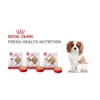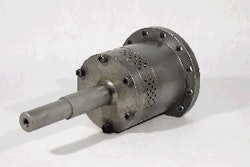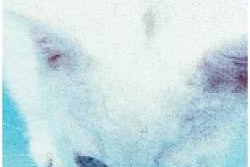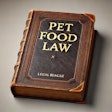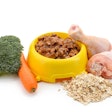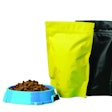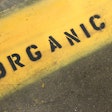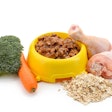On October 3, 2002 the EU adopted Regulation (EC) No. 1774/2002 governing the use of animal by-products. The Regulation includes rules for the collection, transport, storage, handling, processing and use or disposal of all by-products. These rules went into effect throughout the EU as of May 1, 2003. For further information on this regulation visit: http://europa.eu.int/comm/food/food/biosafety/animalbyproducts/guidance_faq_en.pdf.
Situation in the EU
Petfoods intended for the European market are either manufactured within this market or are imported from third, non-EU countries. Legal demands for the production of petfood should be equal within these two production areas, as non-tariff trade hurdles are not allowed.
All petfood produced in the 25 countries of the European Union is, per definition, in accordance with the EU legislation; otherwise, it's not allowed to be produced at all. Renderers, with the intention to render meals for petfood plants, are dedicated to produce so-called Category 3 material, meals from by-products coming from animals declared fit for human consumption.
Even transport is dedicated to this type of material. Petfood plants have no other animal by-products in stock than this Category 3, because they are not allowed to. A strict traceability system guarantees this exclusive storage and use. Even for products being exported outside the EU, these manufacturers will use the same material as for internal EU market production. Thus, these plants are all completely dedicated to Category 3 material and petfood made with this material as of May 2003.
Situation outside the EU
Rendering plants in North America, aiming to deliver meals for petfood intended for EU export, need to be dedicated to Category 3 from October 2005 onwards. No other animal by-products (US "petfood grade," fallen stock, road kill, etc.) will be allowed in that specific building, nor on that specific rendering line. Petfood plants need to separate their domestic production completely from their (EU) export business in order to avoid any cross contamination. Separate storage of the meals, separate extrusion, separate packaging and storage of finished goods are also required.
It is currently under consideration in Brussels that North American petfood manufacturers be allowed to use the same extrusion and packaging lines for domestic product as for EU export product. The outcome of this discussion will be implemented in October 2005. No delay is expected, as EU-based petfood plants have been in compliance since May 2003.
Sustainable business
The European petfood market offers many opportunities for interested players. However, the increased regulatory demands will be a challenge, especially for non-EU manufacturers.
Expert advice can help these manufacturers to face the challenges and thus to sustain their profitable EU business.
Source: Joep Lupgens, DVM is managing director of A CONSULT with the flexvet, consultants for petfood and veterinary medicines. His company website is: www.aconsult.info, E-mail: [email protected].
How good is the going?
Already for quite a long period, dog and cat foods manufactured in North America have found their way into the EU market. One might say that some US brands were at the origin of the super-premium category in Europe; a category in which today a plethora of brands from the USA and Canada can be found. The going has been good so far.
However, rules and regulations are changing. The EU Commission now takes a more stringent look at the importation of petfoods. In that respect, regulation 1774/2002, plus its amendments, will have far-reaching consequences. Its interpretation leads to the conclusion that exporting petfoods to EU countries becomes nearly impossible, unless manufacturers are prepared to invest in separate manufacturing for the EU market. This investment would most likely bring the cost of goods sold to such a level that consequential price-setting in the EU market becomes prohibitive. Thus, a competitive advantage is lost. The exporting manufacturers are thus bound to lose market share. The going will probably not be good in the future.
The measures taken by the EU Commission will incite these manufacturers to rethink their business in the European Union. Pulling out altogether is clearly an option. But, wouldn't that destroy all investment so far made in the brands in the EU? The alternatives are clear, as wellco-packing in Europe is one. The idea that European manufacturers are not capable of bringing excellent products to market is a ridiculous one. One could also think about licensing the brands and their formulations.
Both options are constructive in the sense that brand investments are not destroyed and the presence of brands in the EU can be continued. Those company owners who take advantage of the opportunities the EU market offers, seriously would do well to consider alliances in the EU in case they wish to continue to play a role in the EU dog and cat food market.
Source: Marcel Blok is founder and owner of Change Stranamics BV in The Netherlands. His E-mail address is: [email protected].
